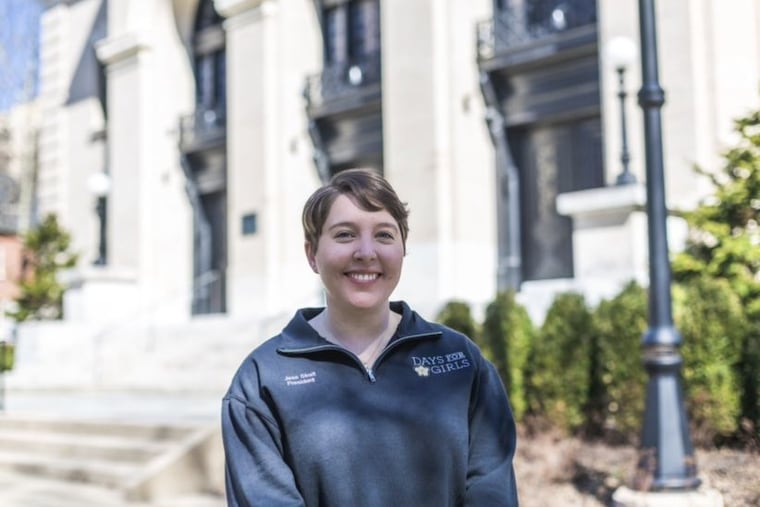These Penn State students are tackling the issue of period poverty on their own campus
A campus-wide survey found 13% of students who menstruate have skipped class or work because they didn’t have access to period products at Penn State.

A campus-wide survey found 13% of students who menstruate have skipped class or work because they didn’t have access to period products at Penn State.
